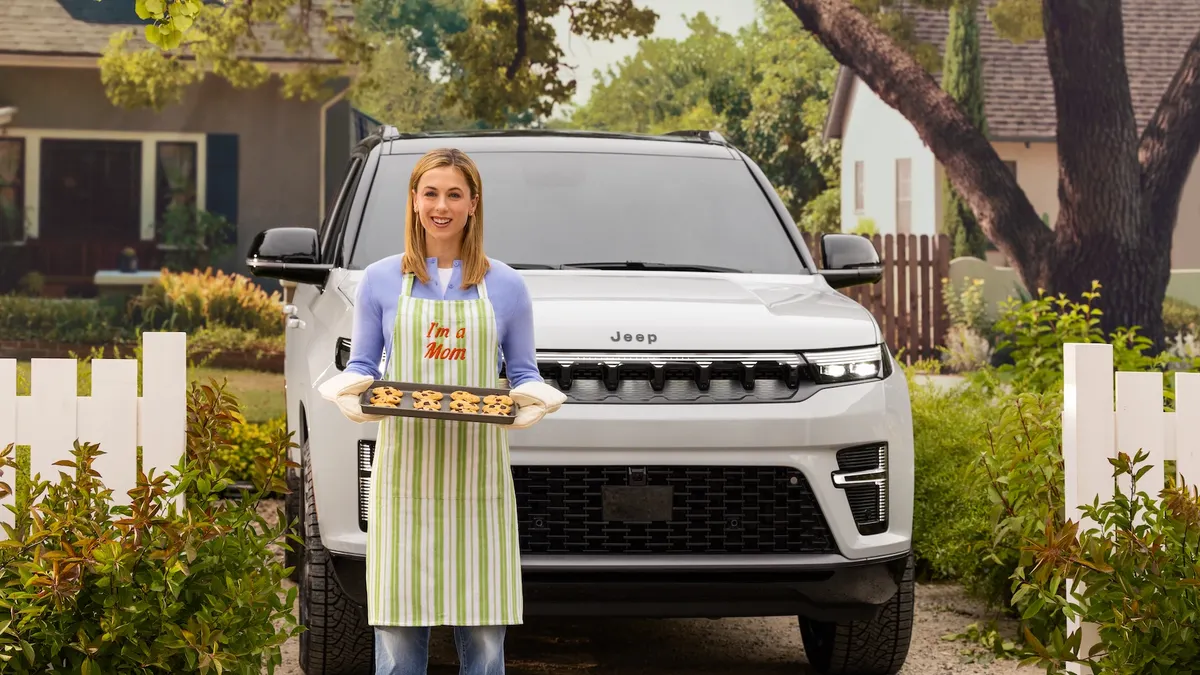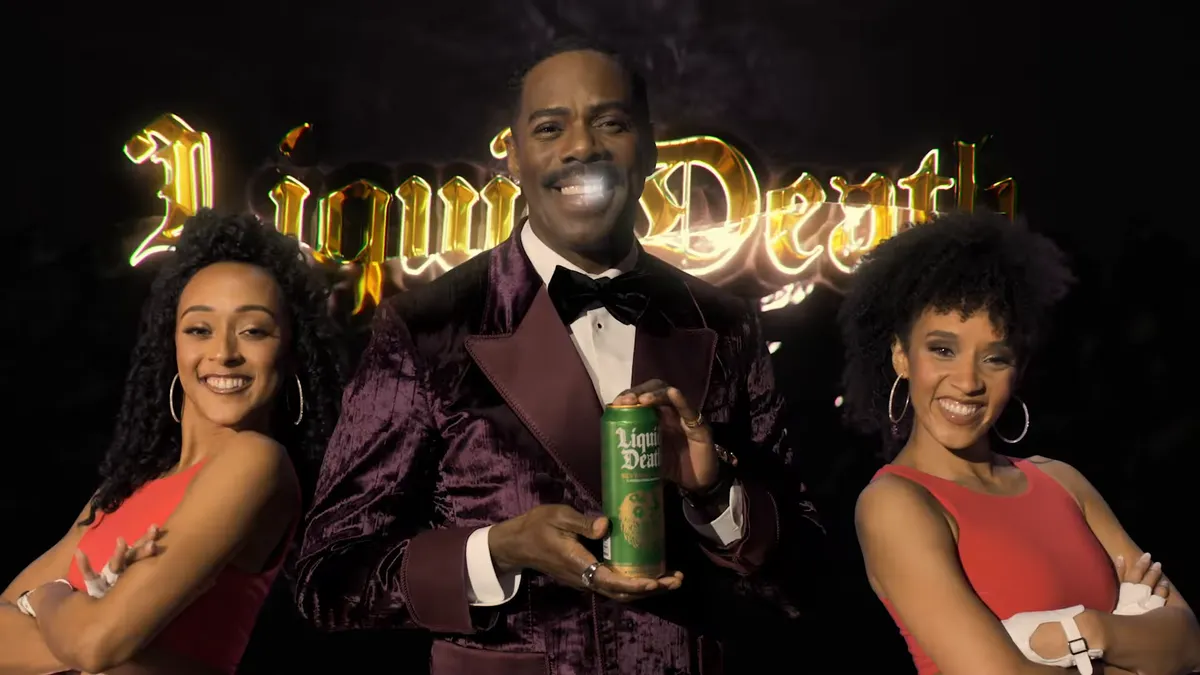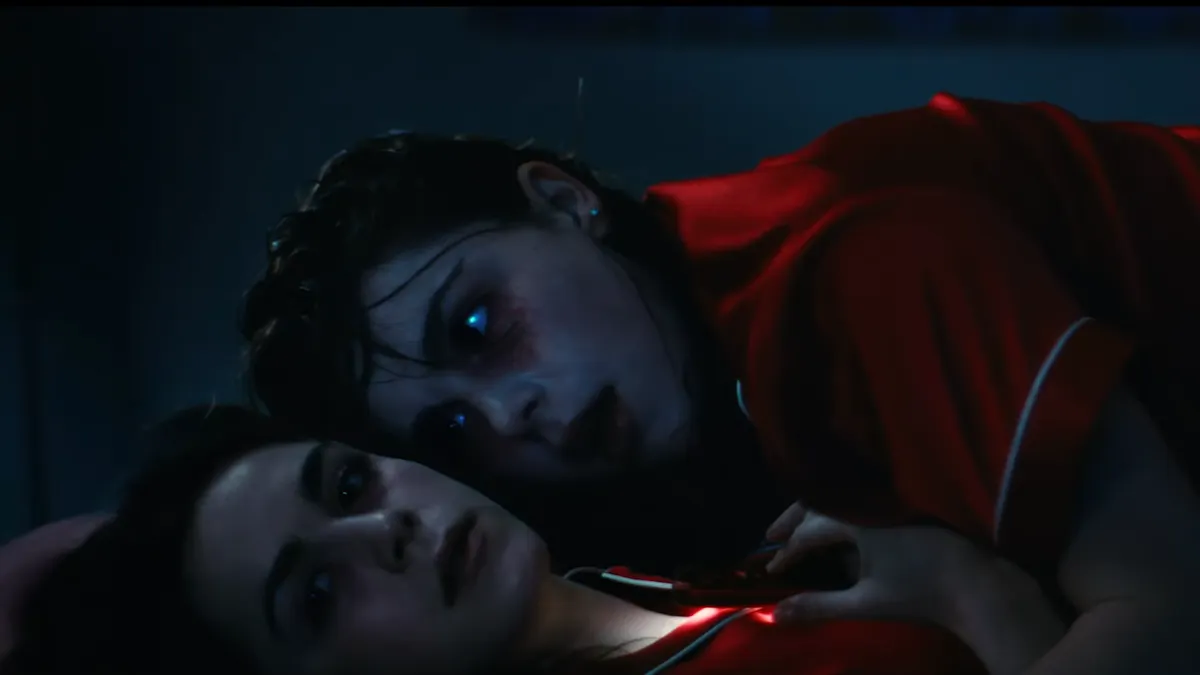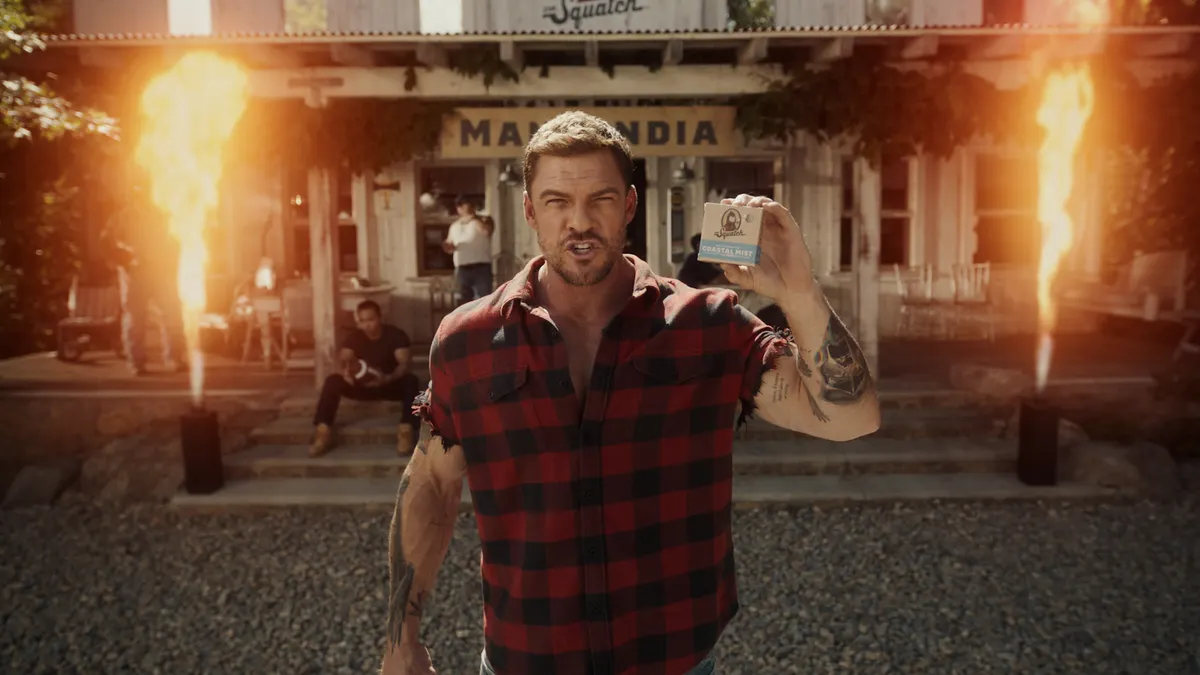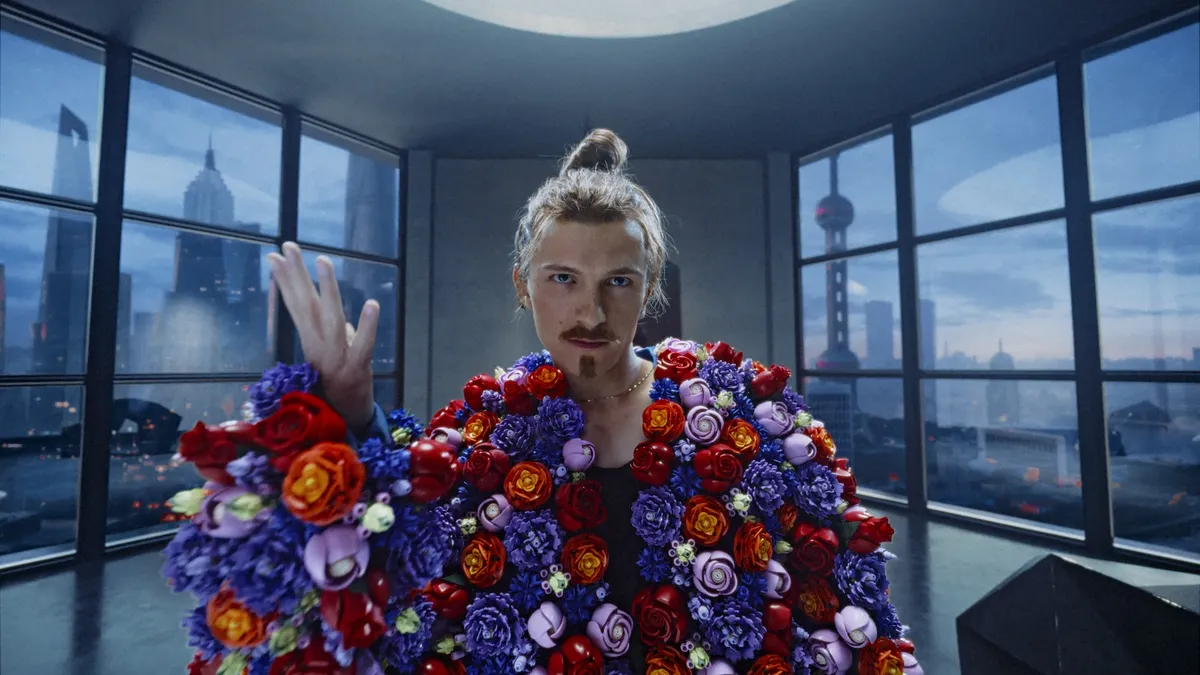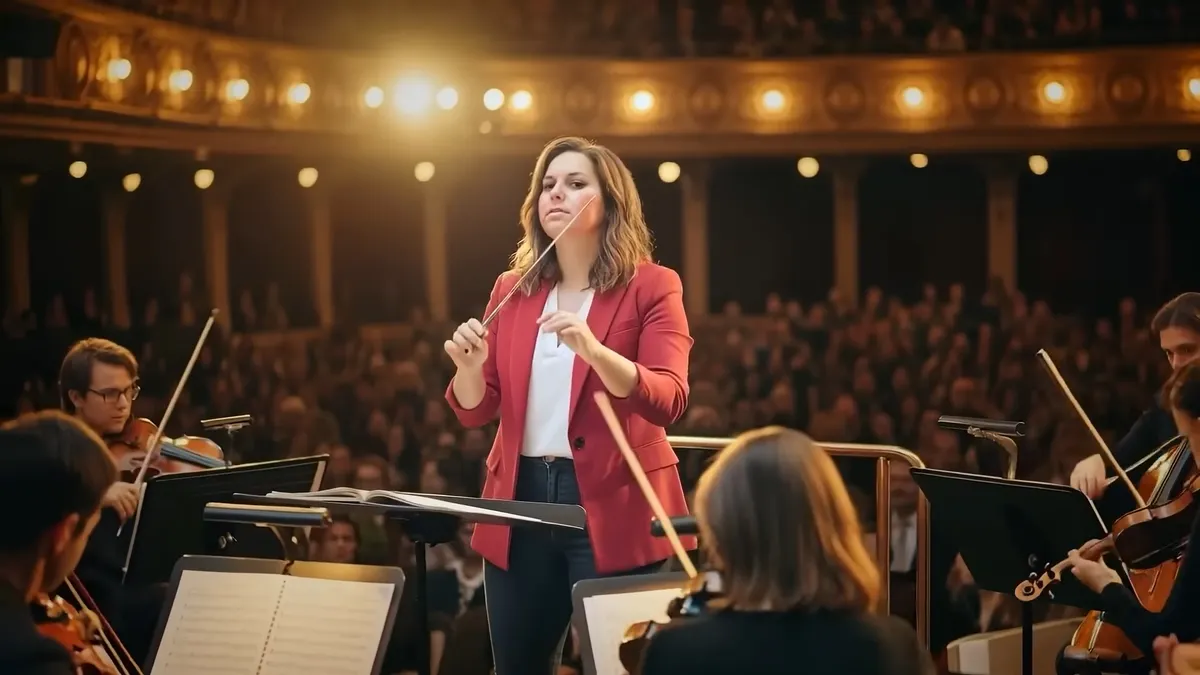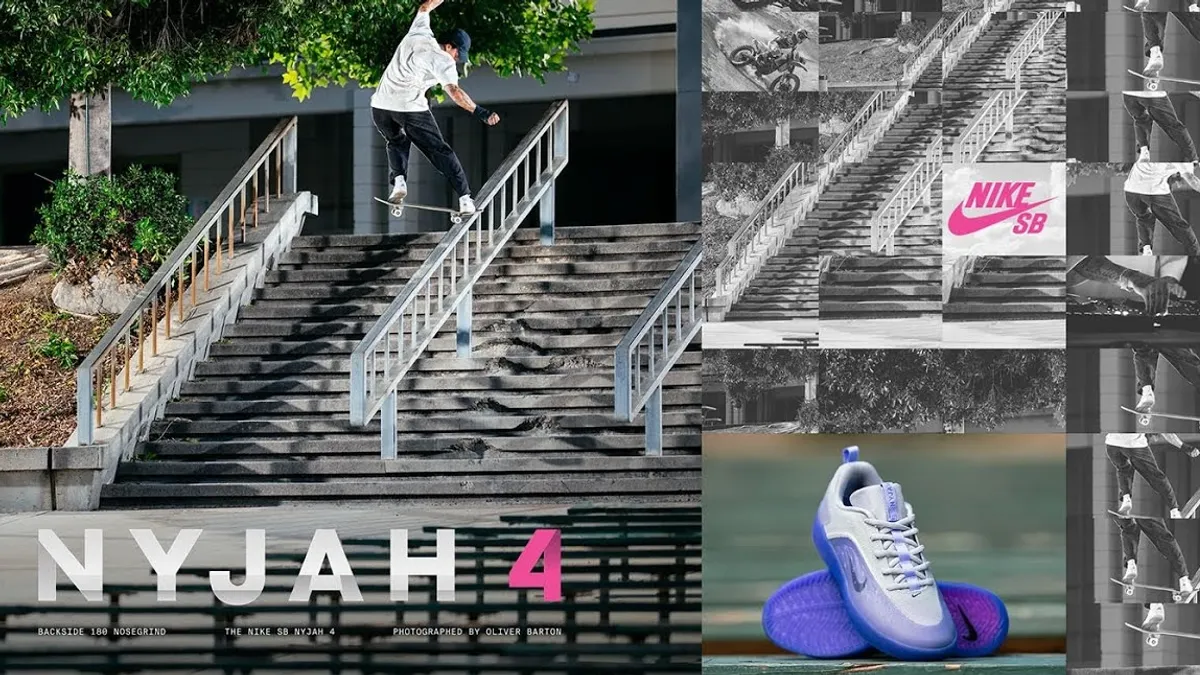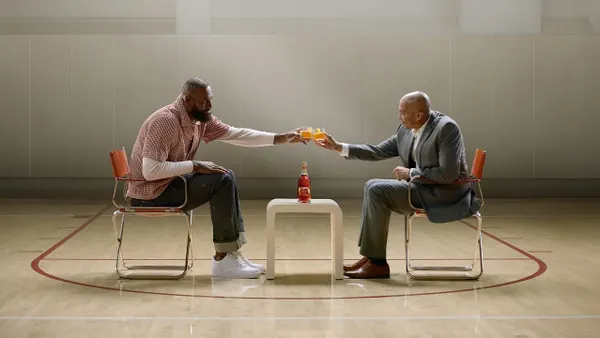Campaign Trail is our look at some of the best and worst new creative efforts from the marketing world.
Sure, TV ads are almost as big a draw as the game itself on Super Bowl Sunday. But this year, brands like M&M's, Mercedes-Benz and Skittles are deploying clever digital strategies capable of engaging users in a way that broadcast simply can't.
The average price for a 30-second, in-game Super Bowl spot reached $5.05 million last year, an all-time high representing an 87% increase over the past decade, according to Kantar Media data. Despite declining NFL ratings during the regular season and playoffs this year, it's unlikely that the hefty cost of ad space took a blow heading into 2018's big game, as millions of football fans are still sure to switch on their TVs on Sunday to watch the hotly-anticipated showdown between the New England Patriots and Philadelphia Eagles.
However, more brands are recognizing that many of those viewers will be glued to their smartphones or other devices before, after and during the big game itself. Below, Marketing Dive breaks down how advertisers both large and more niche are doing a better job at accounting for this trend in 2018, rolling out well-rounded and channel-first digital strategies to get the most out of the biggest U.S. marketing event of the season:
Teasing ads early pays off big for brands on social media
The rundown: Some brands are trying to wring the most bang for their Super Bowl buck by teasing ads early online and then releasing the full spots after fan curiosity has been piqued. Amazon, M&M's and Pepsi are reaping the rewards of this approach by generating chatter on social media, a key channel to sustaining awareness and engagement long after the game ends.
Amazon late last week set up the plot for its commercial with a 30-second teaser where its digital assistant Alexa loses her voice, posing the question of what could replace her and spurring company CEO Jeff Bezos into action. The brand now leads a highly-competitive pack on social media with 10,692 mentions, according to data from the social analytics firm Talkwalker provided to Marketing Dive.
Forgoing narrative, M&M's leaned into absurdity with its preview featuring Danny DeVito messing around in a pool of melted chocolate while dressed as its red spokescandy. Either the actor's star wattage or the sheer weirdness of the clip resonated with audiences, and brought the Mars brand up to Talkwalker's fourth slot at 4,275 mentions on social.
Dipping into a more familiar well, Pepsi is essentially rebooting its iconic 1992 Super Bowl ad by bringing back Cindy Crawford and hyping her return via short digital video. The brand has so far drawn 3,792 mentions on social in Talkwalker's estimation and over 1.4 million hits on a silent Facebook clip of the creative. Nostalgia in branding is as potent as ever, even for those who might be too young to remember the original thing.
The results: The Super Bowl continues to be a marquee destination for advertisers, but it's presenting a conundrum as attentions are drawn away from TV screens while the cost of ad placements continues to reach new heights. Marketers faced some backlash last year by pedaling too far in a digital-first direction as a response to this trend, with many releasing their full ads online long before the game and possibly deflating a sense of excitement or freshness on Super Bowl Sunday.
As Amazon, M&M's and Pepsi prove, putting greater effort into teasing the big TV spot — whether through plot set-up, oddball humor or stoking a sense of nostalgia — might be a winning strategy for 2018 and future games, as the growth of mobile and social channels shows no signs of slowing down. Other brands that ranked high on Talkwalker's list were Budweiser at No. 2 (5,958 mentions) and Lexus at No. 3 (5,226 mentions).
Recent research signals that in-game Super Bowl ads provide brands a long tail in terms of sales and social media engagement after airing. Hyping campaigns up beforehand clearly doesn't hurt on the social front either.
—Peter Adams
Mobile comes off the bench to play pivotal role for brands sitting out TV
The rundown: This year, one of the other more interesting trends is how brands are hijacking Super Bowl viewing via engaging mobile experiences, especially when forgoing the big in-game ad buy.
Mercedes-Benz, which isn't running a Super Bowl ad, is giving away an AMG C43 Coupe to the fan who lasts the longest at keeping a finger pressed on a streaming video of the car that will drive across smartphone screens during the game. Finnegans, a nonprofit brewer in Minneapolis, is getting around the high cost of media space by launching an app that uses augmented reality to overlay a special commercial on TV screens. Finally, Ally Bank will launch an AR mobile game on Feb. 4. "The Ally Big Save" gives users an opportunity to enter a savings goal, and during commercial breaks, the app will show virtual money raining down on their real surrounding, where they can collect points by dragging the money into a virtual piggy bank for a chance to win cash.
The results: This is the year that mobile marketing for the Super Bowl finally got interesting, with brands using AR and gaming to hijack the TV viewing experience and deploy localized experiences that provide value. For too long, brands slapped on a mobile component to their Super Bowl strategies after the fact, usually involving encouraging viewers to create content and share using a brand hashtag.
While some brands are still treating mobile as nothing more than a second screen for their Super Bowl TV strategy — M&M's touchdown dance contest and PepsiCo's Snapchat lip-sync battle are two examples — there are also more examples this year than in past where mobile was clearly the focal point from the earliest stages of strategy sessions.
A number of brands are also targeting the many people who will actually descend on Minneapolis for the Super Bowl by taking advantage of the fact that consumers are increasingly dependent on mobile phones. Red Bull is offering product samples to those taking a ride-hailing service via a partnership with Cargo, which sells snacks and other commodities in ride-share cars. StubHub plans to add an AR feature to the iOS version of its app that enables attendees to point their mobile device at an open surface and view a 3-D rendering of the football stadium, as well as explore parking lots, public transportation. M&M's will also have a Twitter-enabled vending machine on-site, giving fans an opportunity to send a tweet and receive candy samples.
What's important is that these engagements offer value through free product samples and immersive wayfinding, among other tactics.
—Chantal Tode
Brands score with non-traditional ad approaches for the big game
The rundown: To score a proverbial touchdown on Super Bowl Sunday, many marketers are also shifting their focus from the standard 30-second commercial to try a different creative approach via newer ad formats, fresh approaches to user-generated content and more.
Jack in the Box started ramping up its Super Bowl campaign about a culinary feud between its brand mascot, Jack Box, and Martha Stewart this week via a 15-second teaser, full 60-second spot, gifs, social media posts and heated text exchanges. The most interesting piece of the effort, however, is that the fast-food brand is testing six-second regional spots with media partner Carat in a bid to capture viewers' shorter attention spans.
Also taking a nontraditional approach is Kraft, which will create its 30-second spot in near real-time from crowdsourced fan photos on social media. Families can share photos and videos of their game day activities on Sunday via Twitter or Instagram with the hashtags #FamilyGreatly and #KraftEntry for a chance to appear in the brand's first Super Bowl ad.
Skittles is kicking things up a notch this year with an ad that's so exclusive, only one person will ever see it. Instead of airing the minute-long ad during the game the traditional way, the brand will screen it to just one teenage fan, and the public will be able to live stream his reaction from the Skittles Facebook page.
The results: Jack in the Box's approach to its regional Super Bowl effort rides on the growing trend of extra-short, six-second video ads, which quickly gained traction online on platforms like YouTube and Snapchat but only last year started to make the jump to TV. As more consumers cut the cord to shift away from traditional TV content and viewing habits, bite-sized ads like Jack in the Box's — which are a first-to-market opportunity, according to the brand — might be able to retain audience attention through punchy, unique hooks.
Kraft's feel-good ad highlights coming together as a family to watch the biggest football game of the year. Using that content to craft a commercial in near real-time, and giving fans a chance to be in a Super Bowl ad that could be seen by millions, will likely build anticipation and compel people to stick around to watch during commercial breaks on Sunday.
Skittles goes for the opposite of inclusion with its spot, but the Mars brand is still tapping into a powerful concept that's augmented by multiple teasers and live streaming elements. The spot's level of exclusivity could build momentum and differentiate the brand's Super Bowl strategy to drive intrigue around an ad that consumers — with the exception of Marcos Menendez of California — will never actually see.
—Natalie Koltun





